Your Friendly Guide to Using Herbal Teas for Hormonal Balance
So many of us walk around feeling just… off. Tired, a little cranky, and maybe disconnected from our own bodies. It’s this frustrating sense that something isn’t quite in sync. And honestly? A lot of the time, our hormones are the ones pulling the strings behind the scenes. They’re the body’s powerful messengers, and when their signals get scrambled, we feel it everywhere.
In this article
It’s tempting to look for a quick fix, but our bodies are way more complex than that. True, lasting balance usually comes from patient and consistent support. Over the years, I’ve seen herbal teas act as incredible allies on this journey. They aren’t a magic pill, let’s be real. Think of them as gentle but effective tools that help your body find its own rhythm again. It’s less about forcing a result and more about giving your system the support it needs to do its own healing work.
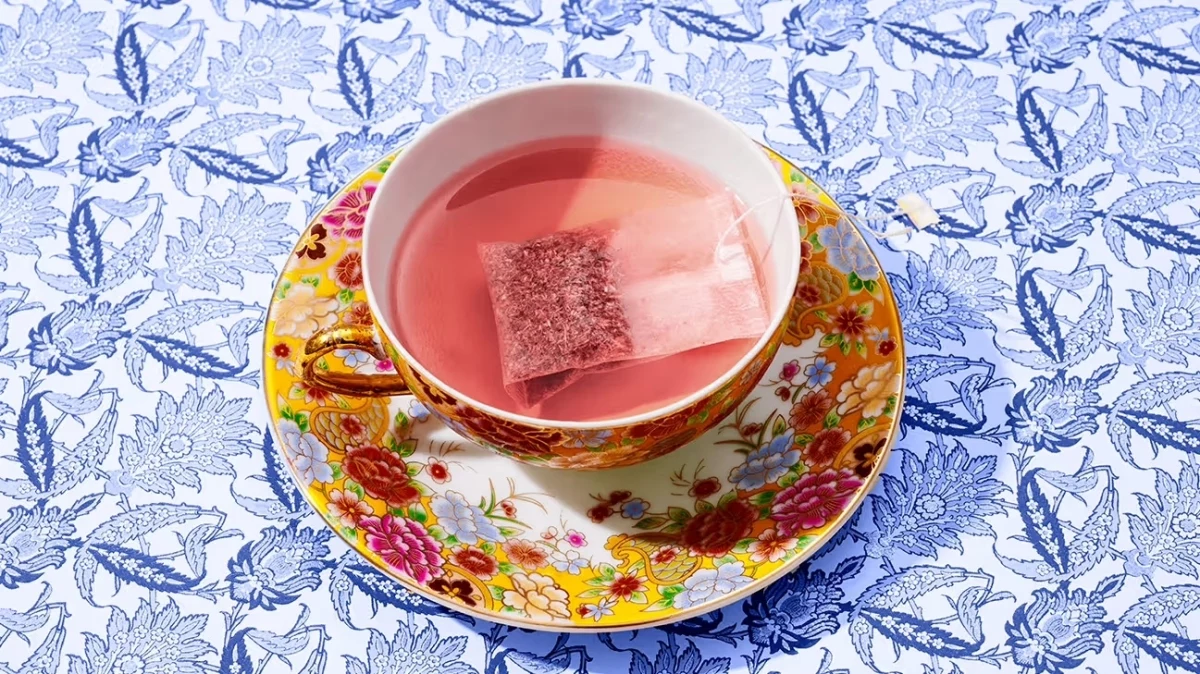
This guide is all about sharing what I’ve learned from experience, from the wisdom of clinical herbalists, and from listening to what actually works for people. We’re going to explore these plants respectfully, learn how to prepare them the right way, and be honest about what they can and can’t do. My goal is to empower you to use them safely and effectively.
First, What Do You Actually Need?
Before we get into the herbs, let’s set you up for success. You don’t need a fancy lab. Here’s a simple toolkit that will make a world of difference:
- A Quart-Sized Glass Jar with a Lid: A standard Mason jar is perfect. This is for making proper infusions where you steep the herbs for a long time to extract all the good stuff. It’s a game-changer compared to a simple mug.
- A Fine-Mesh Strainer: You’ll need this to separate the leaves and roots from the final tea. A cheap one from any kitchen store or even Target will do the trick.
- A Kettle: Any kettle works! You just need a way to boil water.
That’s it! With these three things, you’re ready to make potent, effective herbal teas right in your own kitchen.

Okay, So How Does This Even Work?
Before you start sipping, it helps to know what’s happening under the hood. Your body has a communication network called the endocrine system, and hormones are the messages. They run everything from your mood and metabolism to your sleep and monthly cycles. Think of it like a symphony orchestra—when every section is in tune, it’s beautiful. But if the trumpets are screaming or the violins are flat, the whole thing sounds like a mess.
Things like chronic stress, not eating well, or skimping on sleep can totally throw the orchestra off-key. This is where herbs come in. They don’t just put a bandage on the symptoms. They work with your body in a few different ways.
Understanding the Herbal Allies
Different herbs have different jobs. Knowing their roles helps you pick the right one for what you’re feeling.
Adaptogens: Your Stress Managers
These are a really special class of plants that help your body, well, adapt to stress. When you’re stressed, your adrenal glands pump out cortisol. A little bit is good—it helps you wake up. But constant stress means constant cortisol, which messes with sleep, blood sugar, and pretty much every other hormone. Adaptogens help your body’s stress response become more efficient, guiding it back to a state of balance. Ashwagandha is a classic example we’ll talk about.

Phytoestrogens: The Plant-Based Balancers
This term can sound a little scary, but it’s actually pretty cool. Phytoestrogens are plant compounds that look a bit like your body’s own estrogen. They can fit into the same receptor sites in your cells. Why is this good? If your own estrogen levels are too high, these gentler plant versions can take up some of the parking spots, blocking the stronger stuff. If your levels are too low, they provide a mild boost. They’re moderators, always nudging things toward the middle. Red Clover and Nettle are great sources.
Nervines: The Nervous System Soothers
Your nervous and endocrine systems are best friends; you can’t really separate them. If you’re constantly frazzled, your stress hormones will be on high alert. Nervines are herbs that nourish and calm the nervous system. Some are gentle and build you up over time, like Oat Straw, while others are more noticeably calming, like Chamomile. By soothing your nerves, you create the peaceful internal environment your hormones need to rebalance.

Heads up! A quick but important note on safety: This is all for educational purposes and isn’t a replacement for professional medical advice. If you’re dealing with serious symptoms like sudden weight gain or loss, significant hair loss, or if your period has gone missing for three or more months, it’s time to see a doctor. An endocrinologist specializes in hormones and can give you a proper diagnosis and a safe path forward.
Which Herb Might Be Your Ally? A Quick Guide
Feeling a little overwhelmed by the options? Let’s narrow it down. Scan these descriptions and see which one sounds most like you right now.
- If you feel generally depleted, run-down, and just plain tired… Nettle Leaf is your go-to. It’s like a deep, nourishing green drink for your whole system.
- If your periods are crampy, painful, or irregular… Red Raspberry Leaf is a classic uterine tonic that gently strengthens and tones things over time.
- If stress and feeling “tired but wired” is your main struggle… Ashwagandha is the adaptogen you’ll want to get to know. It helps your body handle stress more gracefully.
- If you have specific cyclical issues like PMS, breast tenderness, or cycle-related acne… Chaste Tree Berry is a potent regulator, but it’s a stronger herb that requires more care.
Now, let’s dive into the details for each of these amazing plants.

The Practitioner’s Core Herbs for Hormonal Support
Let’s get to the good stuff—the plants themselves. I want to share the herbs I’ve come to rely on time and time again. Sourcing is key here. Whenever you can, spring for loose, organic herbs. You can find them online or at local apothecaries. The quality is so much better than the dust you often find in mass-market tea bags.
1. Red Raspberry Leaf (Rubus idaeus)
From my experience, this is one of the most important herbs for female health, period. And no, it doesn’t taste like raspberries! It’s made from the leaves of the plant and acts as a true uterine tonic. It doesn’t force anything; it nourishes and strengthens the uterine muscle over time, which is exactly what you want.
Best For: Easing PMS cramps, promoting general menstrual health, and preparing the uterus for labor in late pregnancy. It’s a long-term friend, not a quick fix for pain.

Taste Profile: It has a mild, earthy, and slightly astringent flavor, a lot like a good black tea but with zero caffeine. It’s very pleasant and easy to drink daily.
How to Prepare it Right (Infusion):
• Use 1 tablespoon of dried leaf per 8 ounces of hot water.
• Pour just-boiled water over the herb in your jar or teapot.
• Cover it! This is important—it keeps the beneficial volatile oils from escaping with the steam.
• Let it steep for a good 15-20 minutes. A short, 3-minute steep just gives you flavor; a long, covered steep is what extracts the medicine.
• Strain and enjoy. Aim for 1-3 cups a day for consistent support.
• Quick Tip: It blends beautifully with Nettle Leaf. An equal-parts mix of the two is a fantastic daily tea for overall nourishment.
Good to Know: Generally very safe. For pregnancy, always check with your midwife or doctor first. Most practitioners suggest waiting until the third trimester to use it for labor prep.

2. Nettle Leaf (Urtica dioica)
If you’re feeling overwhelmed and don’t know where to start, start here. If I had to pick just one herb for deep, foundational nourishment, it would be Nettle. I see so many people who are just running on empty. A depleted body can’t balance its hormones. Nettle is like a multivitamin in a cup that helps you build back your reserves.
Best For: General depletion, feeling run-down, and supporting your adrenals and kidneys. It’s also famously used for seasonal allergies. It’s a true full-system supporter.
Taste Profile: It has a deep, green, earthy taste, almost like a rich spinach broth. Some people need a moment to get used to it, but many grow to crave it. A squeeze of lemon really brightens it up!
How to Prepare it Right (Nutritive Infusion):
• To really pull out the rich mineral content, this herb loves a long steep.
• Put a generous handful (about 1 ounce by weight, or 4-5 tablespoons) of dried Nettle into your quart-sized glass jar.
• Fill the jar with boiling water, stir, and cover it tightly with the lid.
• Let it sit on your counter for at least 4 hours, or even overnight. Don’t worry, it won’t go bad.
• Strain it well in the morning. You can drink it cool throughout the day or gently warm it up.

Realistic Expectations: Don’t expect a miracle overnight. But after 2-3 weeks of drinking it consistently, you might notice you just feel a bit… more solid. A little more energy, a little less bone-tired. A pound of dried Nettle might cost between $20 and $25, but it will last you for months, making it a super affordable practice.
3. Chaste Tree Berry (Vitex agnus-castus)
Okay, let’s talk about a more potent player. I approach this one with a lot of respect because it has a more direct effect on the pituitary gland—the body’s master control center for hormones. I typically recommend this only when there’s a clear pattern of imbalance, often one you’ve discussed with a professional.
Best For: PMS with symptoms like breast tenderness and irritability, irregular or long cycles, and cyclical acne. It’s also often used for perimenopausal support.
Taste Profile: Let’s be frank, it’s not great. The berries have a very strong, peppery, aromatic taste. It’s medicine, not a cozy cup of tea.
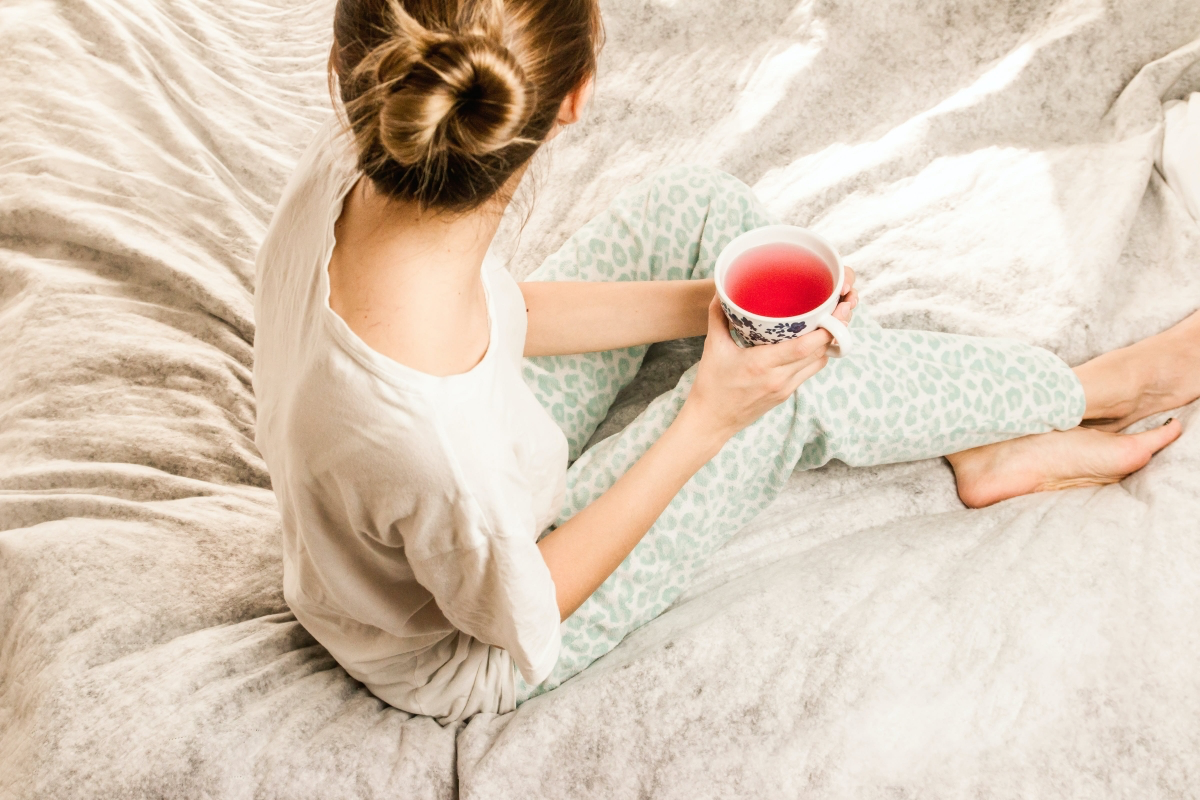
How to Prepare (Decoction or Tincture):
• Because these are hard berries, a simple tea infusion won’t work well. You need to simmer them (a process called decoction). Lightly crush 1 teaspoon of berries and simmer them gently in about 10 ounces of water in a covered pot for 15 minutes.
• Lesser-known trick: Honestly, most people prefer to take this as a tincture (a liquid extract). It’s far more convenient and you bypass the taste. You can buy a quality tincture bottle for around $15-$20, and it will last you a couple of months.
CRITICAL Safety Info: Do NOT use this herb if you are on hormonal birth control, hormone replacement therapy (HRT), or certain psychiatric medications. It can interfere with them. It’s also not for use during pregnancy. This herb is a slow-acting ally; you need to take it consistently for at least three cycles to really see how it’s working for you.

4. Ashwagandha Root (Withania somnifera)
This is my go-to adaptogen for that classic “tired but wired” feeling. You’re exhausted, but your mind is racing and you can’t properly relax or sleep. Ashwagandha is wonderfully grounding and helps restore a sense of calm resilience.
Best For: Managing stress, easing anxiety, improving sleep quality, and supporting adrenal health when you feel burned out.
Taste Profile: The root is earthy, a little bitter, and has a unique musky scent. It’s not everyone’s favorite, but it’s much milder than Chaste Tree Berry.
How to Prepare (Decoction or Powder):
• Like other roots, you’ll want to decoct it. Simmer 1 teaspoon of the cut and sifted root in 10 ounces of water for 15 minutes.
• A more popular option: Ashwagandha is widely available as a fine powder. This is super versatile! You can add a teaspoon to smoothies, warm milk (or oat milk) to make a “moon milk” latte, or even mix it into oatmeal. A bag of quality powder typically costs between $15 and $25 and will last a long time.
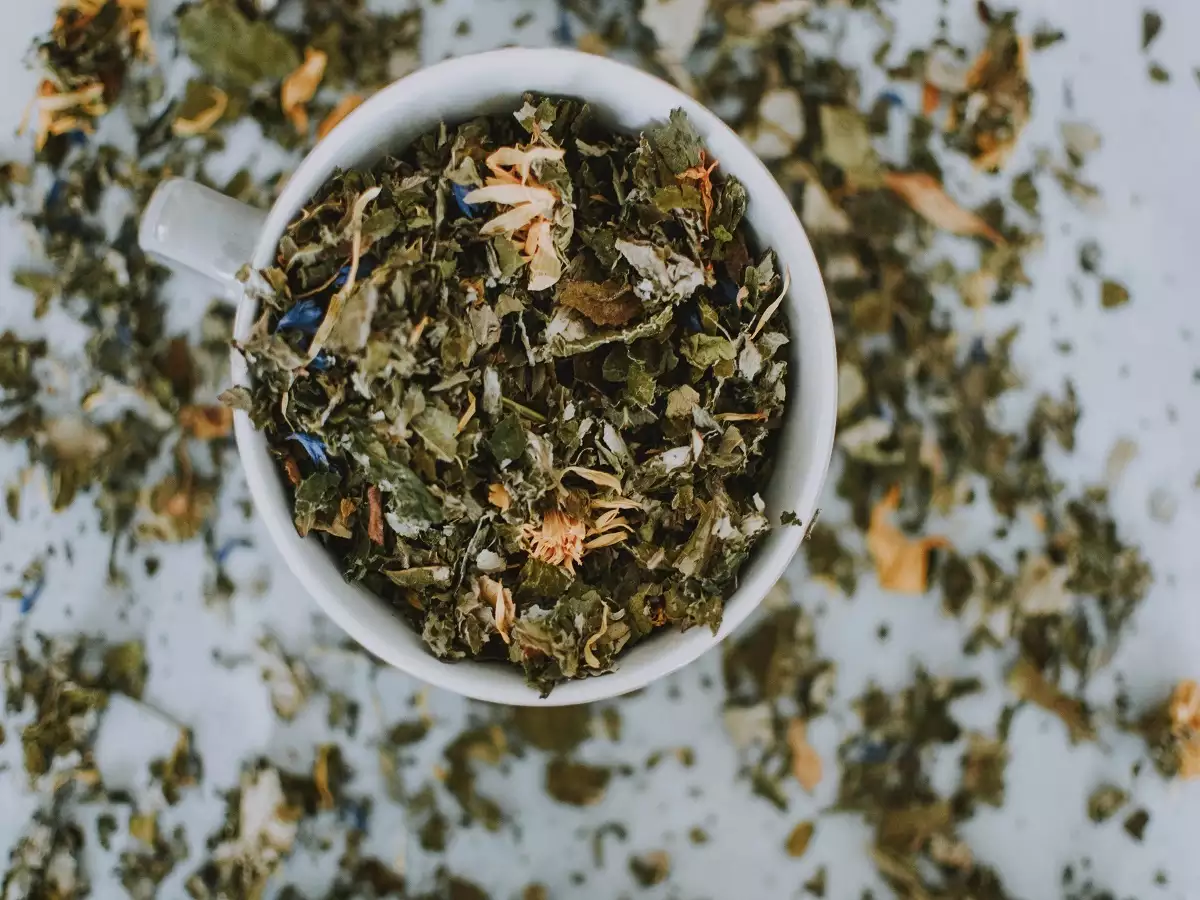
Good to Know: It can have a gently sedating effect, so many people prefer to take it in the evening. As with any herb, if it makes you feel off, just stop taking it.
Where to Buy Good Quality Herbs (That Aren’t Just Dust)
So, where do you get the good stuff? You mentioned “reputable suppliers,” but what does that actually mean? You have two great options:
- Online Apothecaries: This is my preferred method for consistency and quality. Reputable sites like Mountain Rose Herbs or Starwest Botanicals are fantastic. They specialize in organic, fresh herbs, and you can really see and smell the difference.
- Local Health Food Stores or Apothecaries: Check out the bulk section of your local co-op or health food store. Look for herbs that have a vibrant color and a strong, fresh smell. If the Nettle looks brownish-gray and smells like dust, walk away. You want herbs that look and smell alive.
Investing a little bit in quality herbs makes all the difference. You’re not just making tea; you’re giving your body potent plant medicine. Treat it that way, and your body will thank you.

Galerie d’inspiration
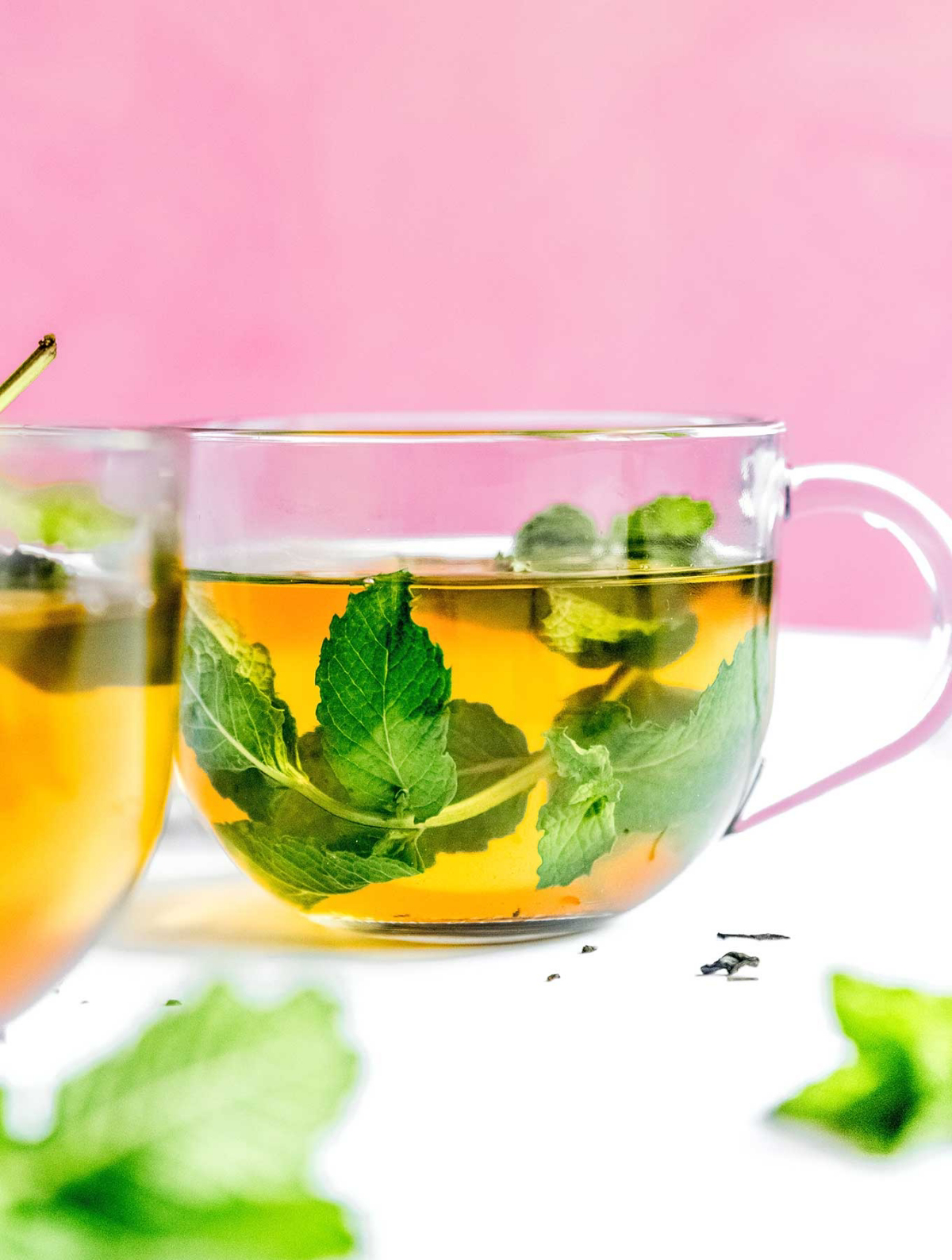
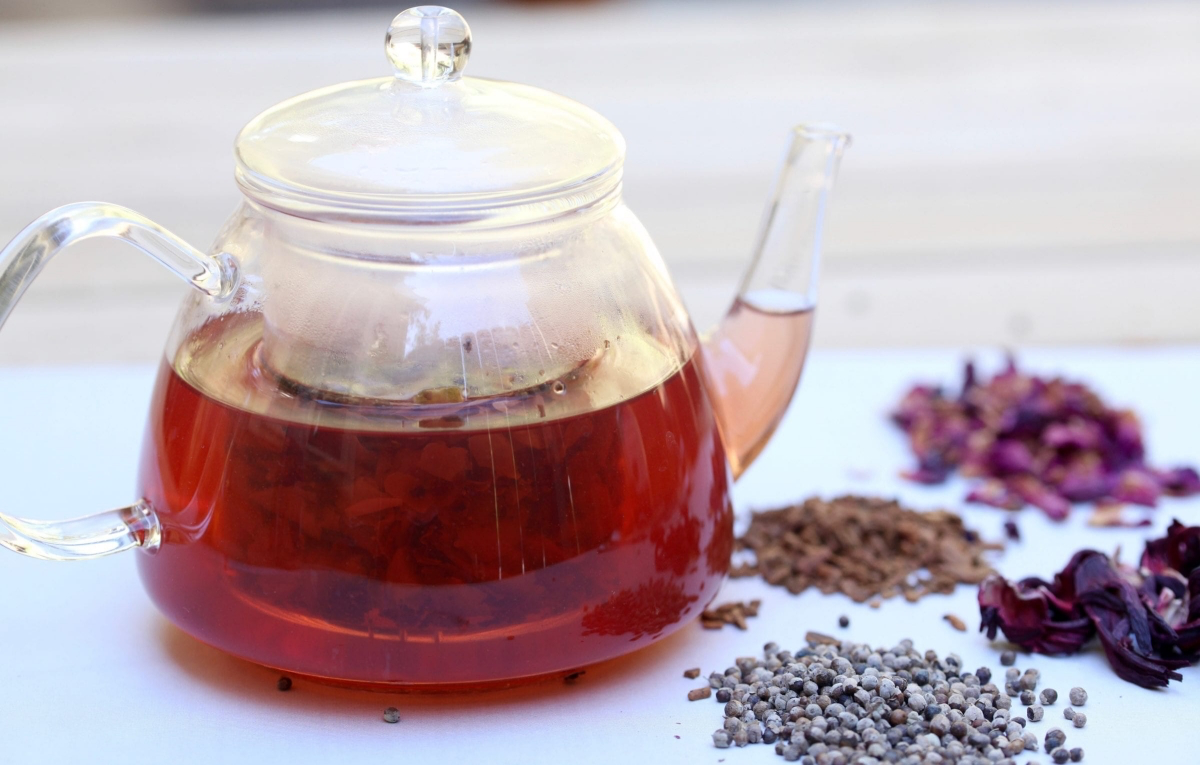
The quality of your herbs makes all the difference. While a box from the supermarket is a fine start, sourcing from dedicated suppliers ensures potency and purity. Look for organic, ethically harvested loose-leaf herbs from companies like Mountain Rose Herbs or Traditional Medicinals. You’re not just getting leaves; you’re getting vibrant, carefully handled plant medicine that hasn’t been sitting in a warehouse for years. The difference in aroma, color, and, most importantly, effect is truly noticeable.
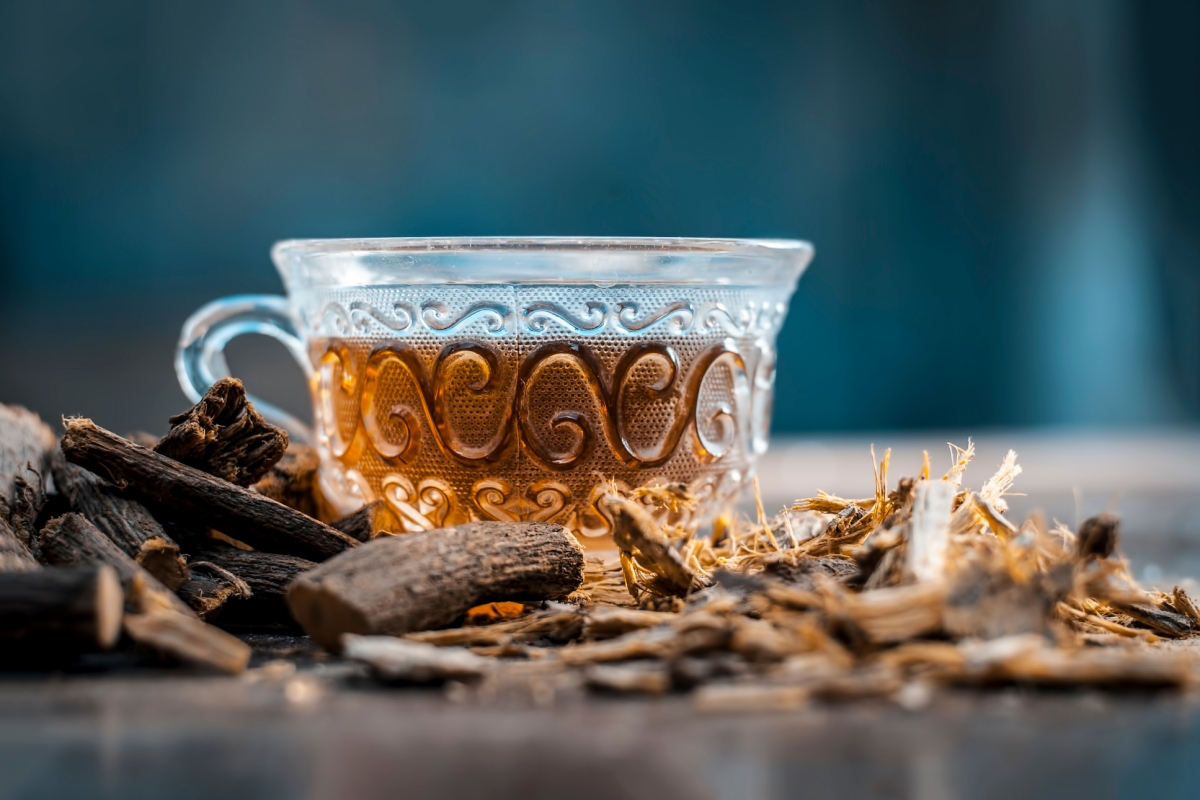
- Supports healthy progesterone levels
- Eases PMS symptoms like mood swings and bloating
- Helps regulate menstrual cycle length
The secret? Vitex agnus-castus, or Chaste Tree berry. While its effects are profound, it’s a slow-acting herb that requires consistency. A daily cup can be a gentle, long-term ally for cyclical balance.
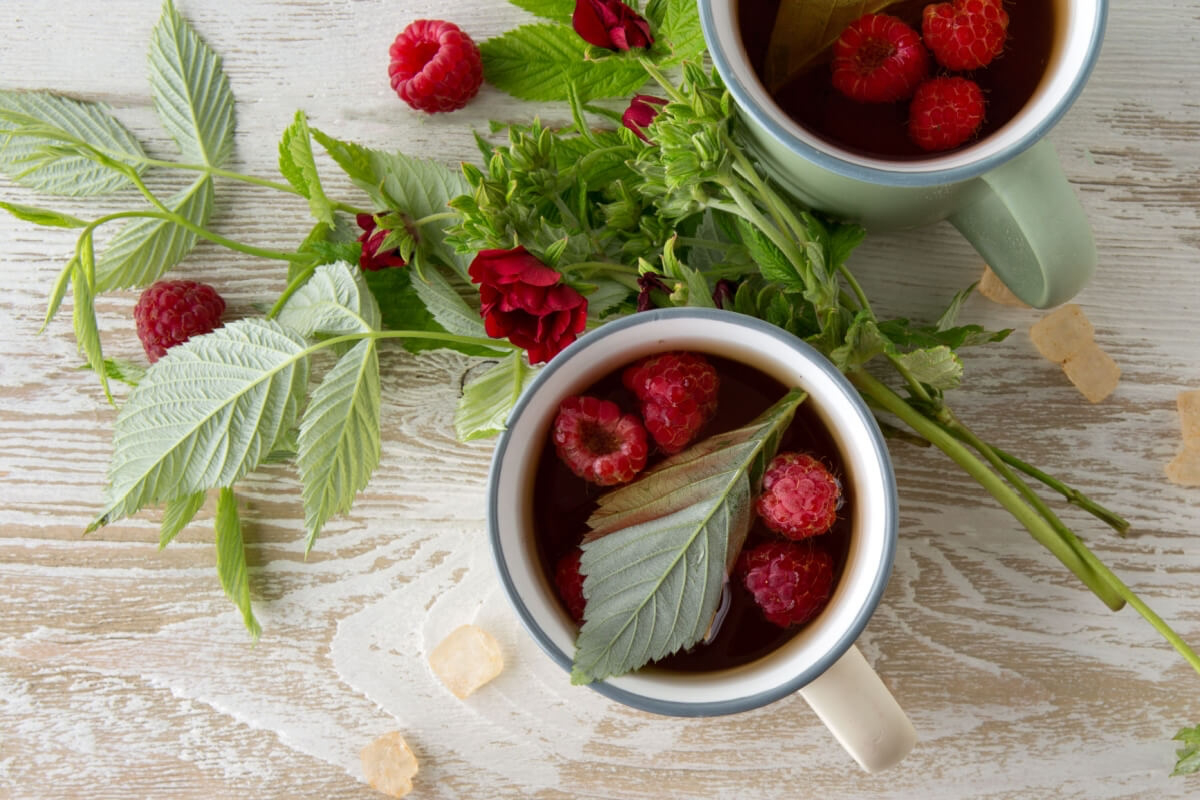
Important point: Not all ‘teas’ are created equal. To extract the minerals and medicinal properties from tough materials like roots, barks, and berries (think ginger, dandelion root, or cinnamon), you need a decoction. This involves gently simmering the herbs in a covered pot for 20-45 minutes. A simple steeping—called an infusion—is perfect for delicate leaves and flowers.
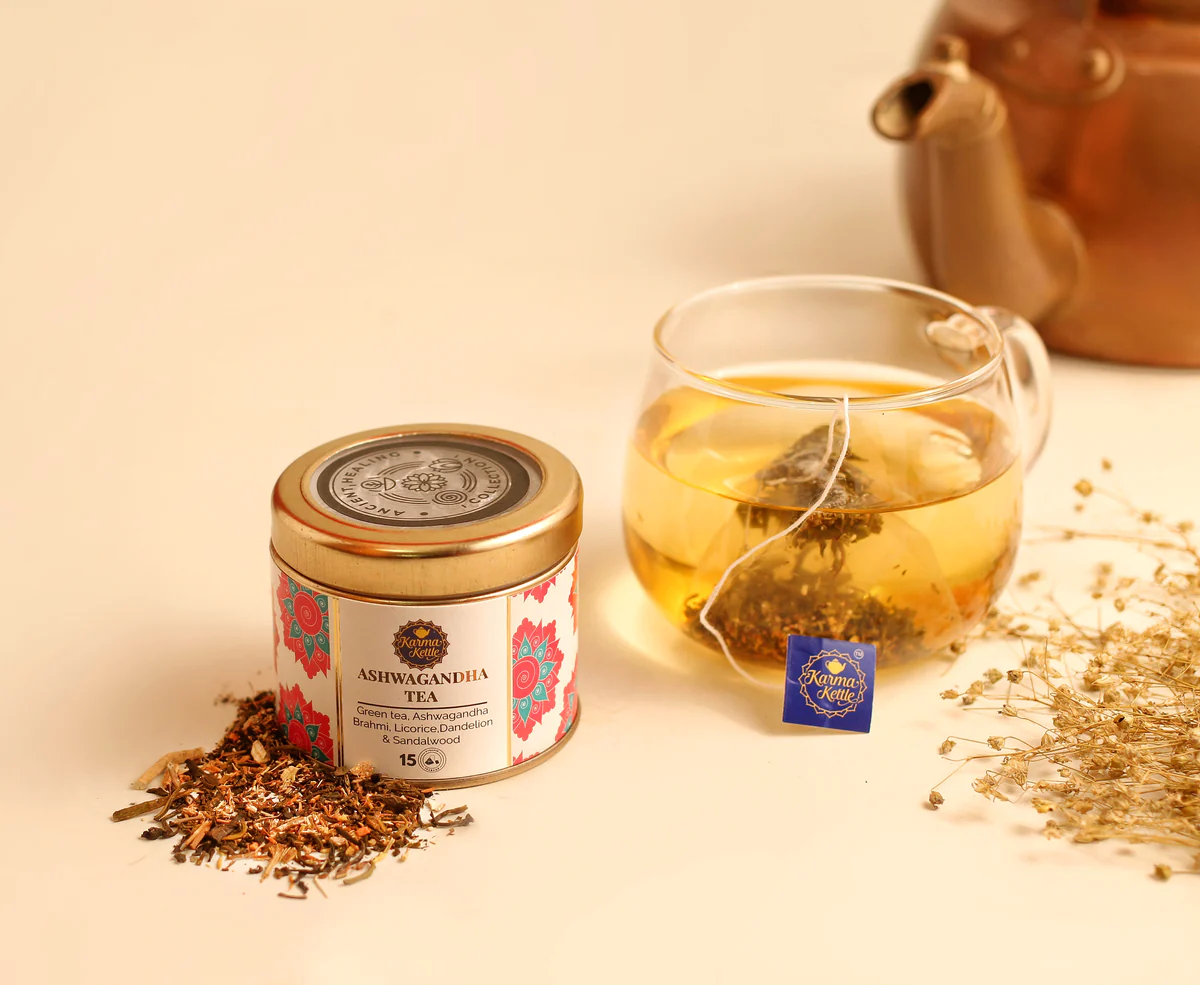
Studies have shown that drinking just two cups of spearmint tea daily for 30 days can significantly reduce free testosterone levels in women with hirsutism (excess hair growth), a common symptom of PCOS.
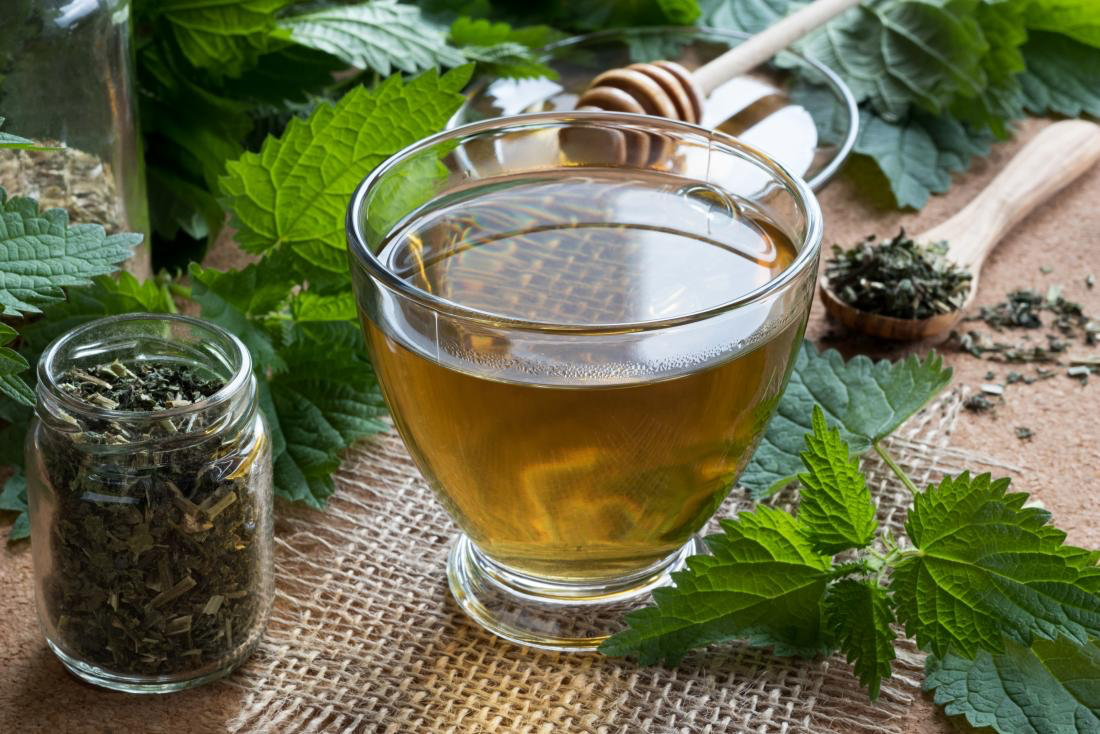
Transform your tea time into a true ritual of self-care. It’s not just about the drink, but the entire experience. Use a mug that feels good in your hands. Inhale the steam before you sip. Notice the earthy aroma of nettle or the sweet scent of linden. This small act of mindfulness anchors you in the present moment, calming your nervous system before the herbs even get to work.
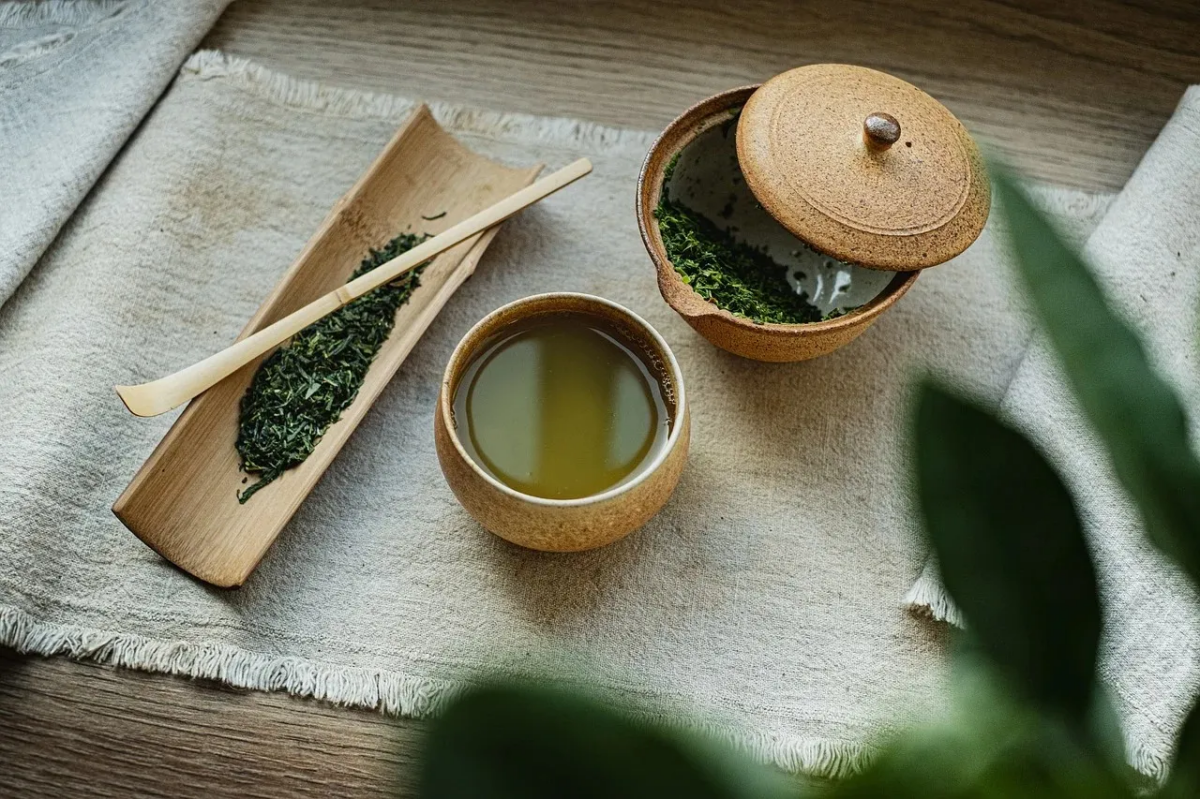
Can I really just mix herbs together?
Absolutely, that’s the art of herbalism! A great starting point is the 3-part blend. Try a formula with one primary ‘hero’ herb for your main concern (like Red Raspberry Leaf), a secondary supporting herb (like Nettle for minerals), and a third for flavor or a secondary action (like Lemon Balm for calm). This simple method lets you create synergistic, personalized formulas that taste great.
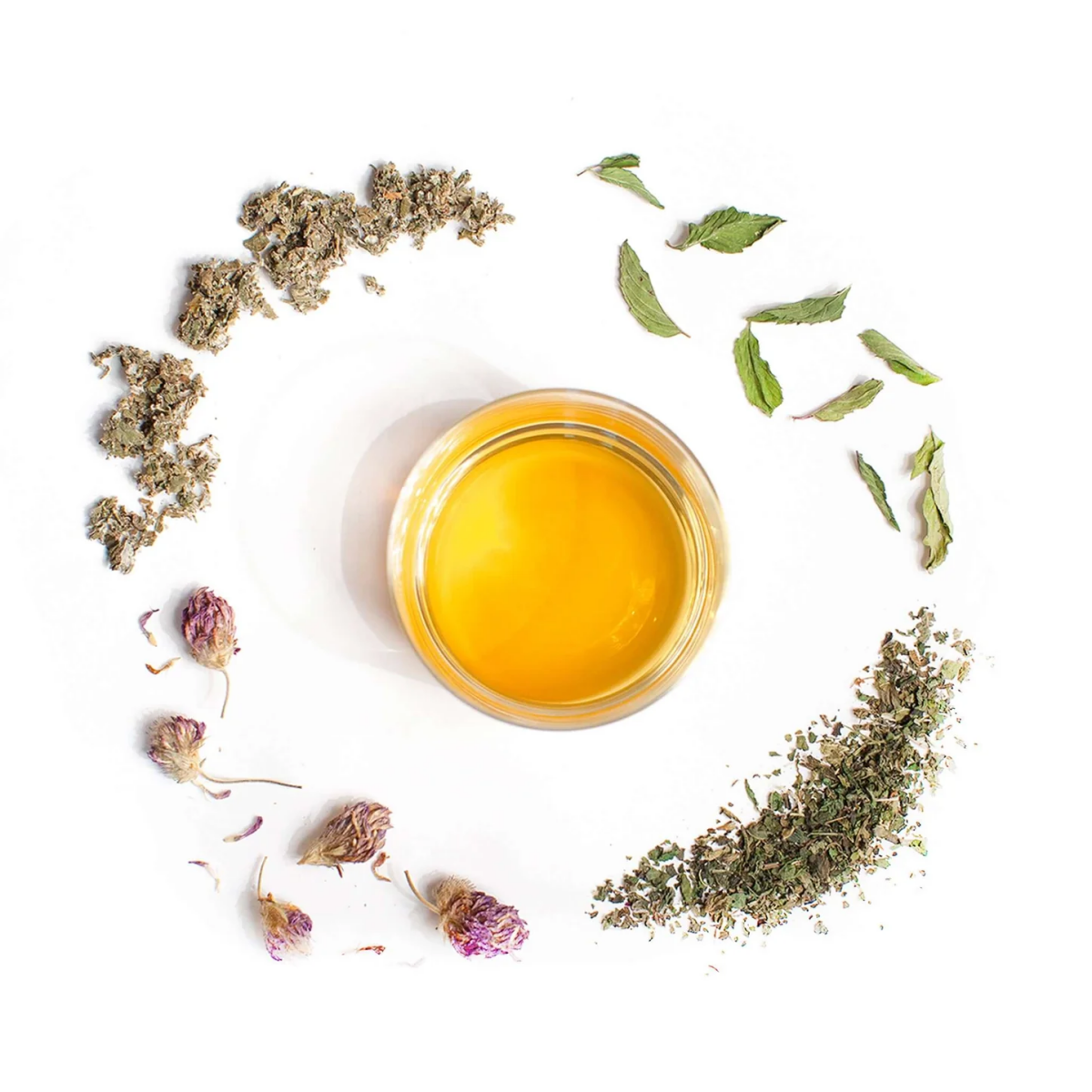
Loose-Leaf Herbs: These are whole or minimally cut leaves, flowers, and roots. This form preserves the plant’s volatile oils and compounds, resulting in a more potent and flavorful brew. You have full control over the dosage.
Standard Tea Bags: Often contain the ‘fannings’ or ‘dust’—tiny particles left over from processing. This can lead to a faster but more bitter infusion, and the potency is generally lower. They win on convenience, but loose-leaf wins on quality and medicinal value.
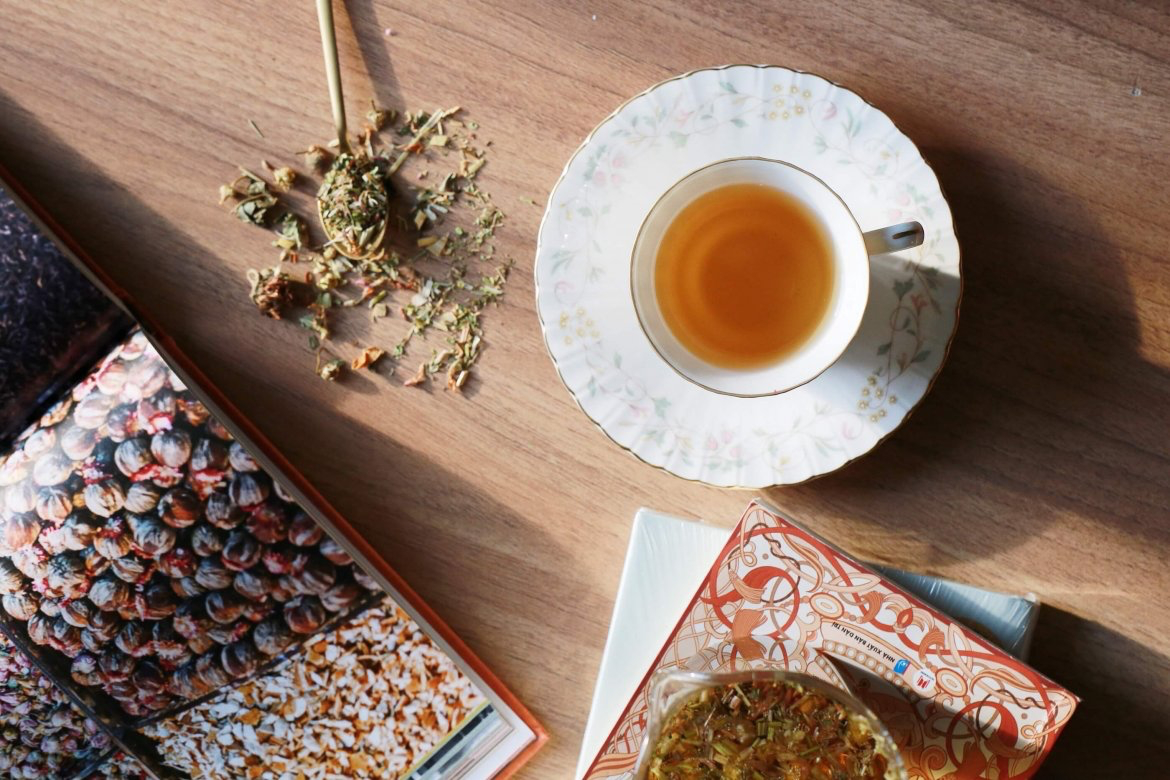

Did you know? Red Raspberry Leaf contains an alkaloid called fragrine, which is known to help tone the muscles of the pelvic region, including the uterine wall. This is why it’s been a trusted ally for centuries for menstrual health and pregnancy preparation.
This toning action is what helps ease menstrual cramps. It’s not a painkiller, but rather a long-term supporter that helps the uterus work more efficiently and with less discomfort over time.
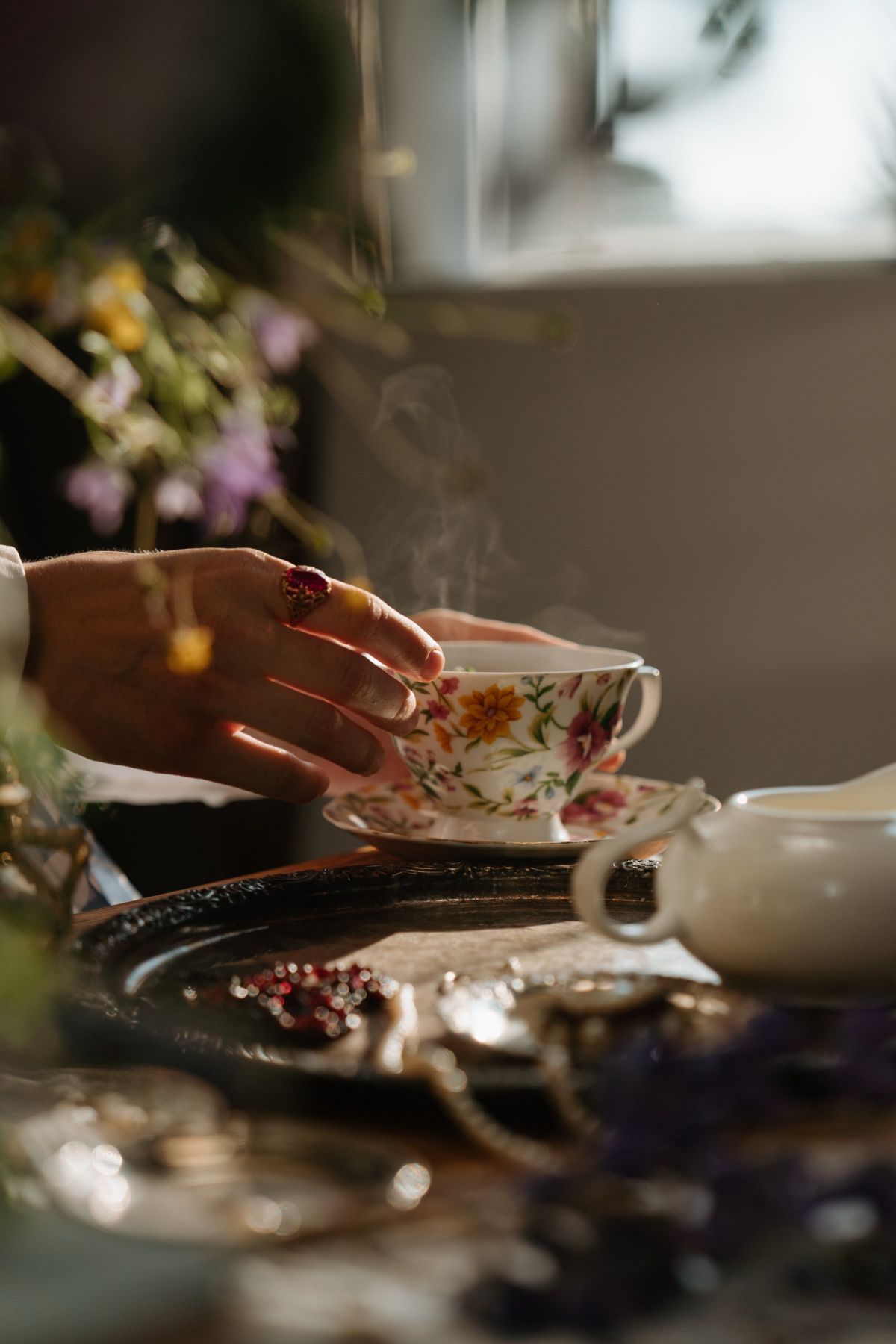
You’ve invested in beautiful, organic herbs—now keep them potent! To protect them from their enemies (light, heat, and air), follow these simple rules:
- Store in airtight glass jars, not plastic bags. Amber or blue glass is even better.
- Keep them in a cool, dark cupboard away from the stove or a sunny window.
- Always label your jars with the herb name and the date you bought it. Most dried herbs are best used within a year.

If you’re exploring herbs for stress and adrenal support, you’ll encounter the term ‘adaptogen’. Think of these plants, like Ashwagandha and Holy Basil (Tulsi), as your body’s personal stress modulator. They don’t just stimulate or sedate; they help your body adapt to physical and emotional stressors, increasing resilience over time. They work by supporting your HPA axis (hypothalamic-pituitary-adrenal), the command center for your stress response.
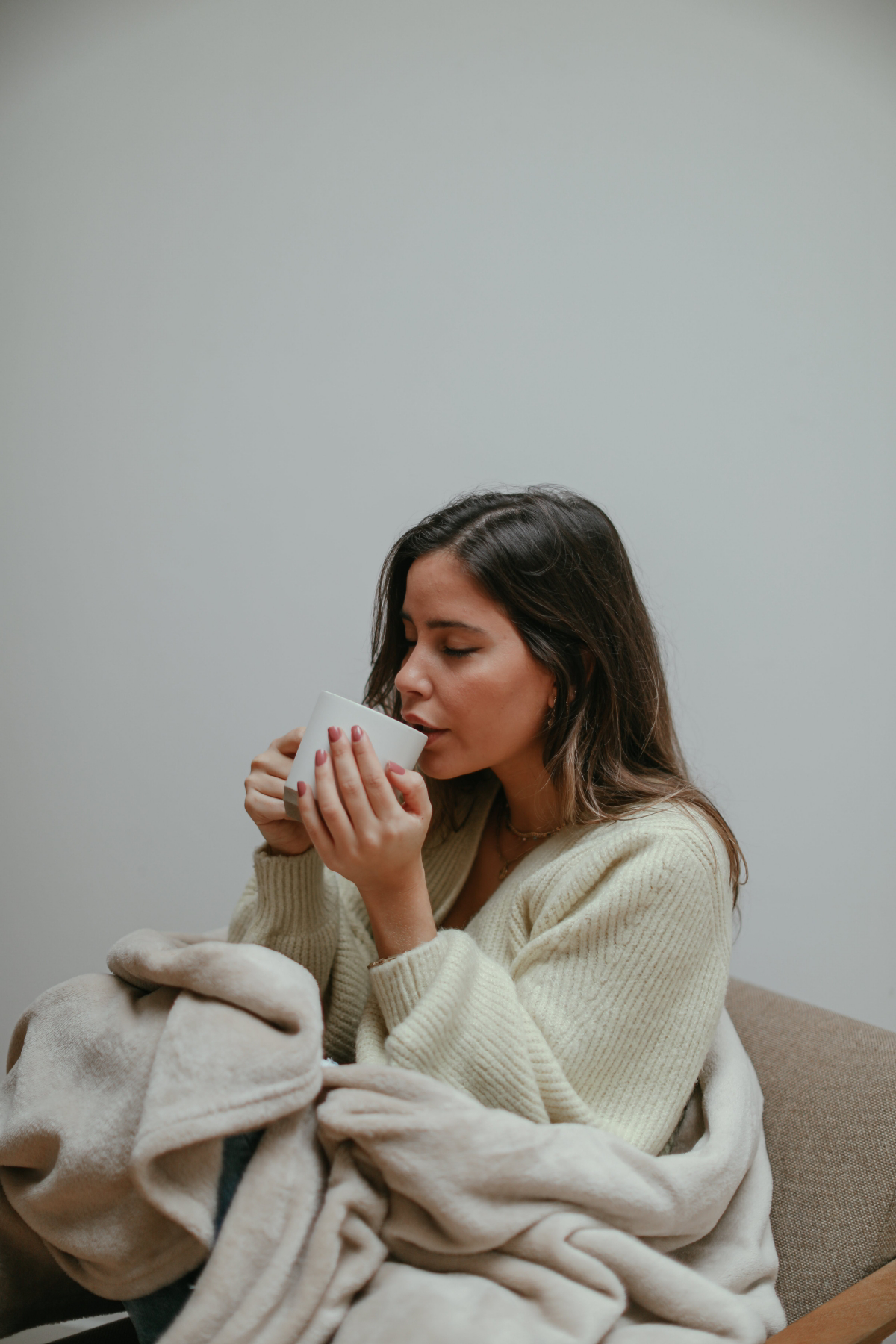
When is the best time of day to drink my tea?
Align your sipping with the herb’s purpose. Nourishing, mineral-rich teas like Nettle or Oat Straw are wonderful in the morning to build you up for the day. Adaptogens like Tulsi are great for navigating midday stress. Calming, nervine teas like Chamomile or Lemon Balm are perfect for winding down an hour or two before bed to promote restful sleep.

A Gentle Warning: Licorice root is a fantastic herb for adrenal support and has anti-androgen properties, but it’s not for everyone. It can raise blood pressure in some individuals, especially with long-term use. If you have a history of hypertension, it’s best to use it with caution or choose other herbs like Spearmint or Reishi mushroom.

- Spearmint: The star player for directly targeting androgens. It’s a go-to for hormonal acne and hirsutism. Its flavor is milder and sweeter.
- Peppermint: While related, its action is primarily focused on digestion, easing bloating and gas. It contains more menthol, giving it that characteristic sharp, cooling taste.
For direct hormonal support, Spearmint is the clear choice.
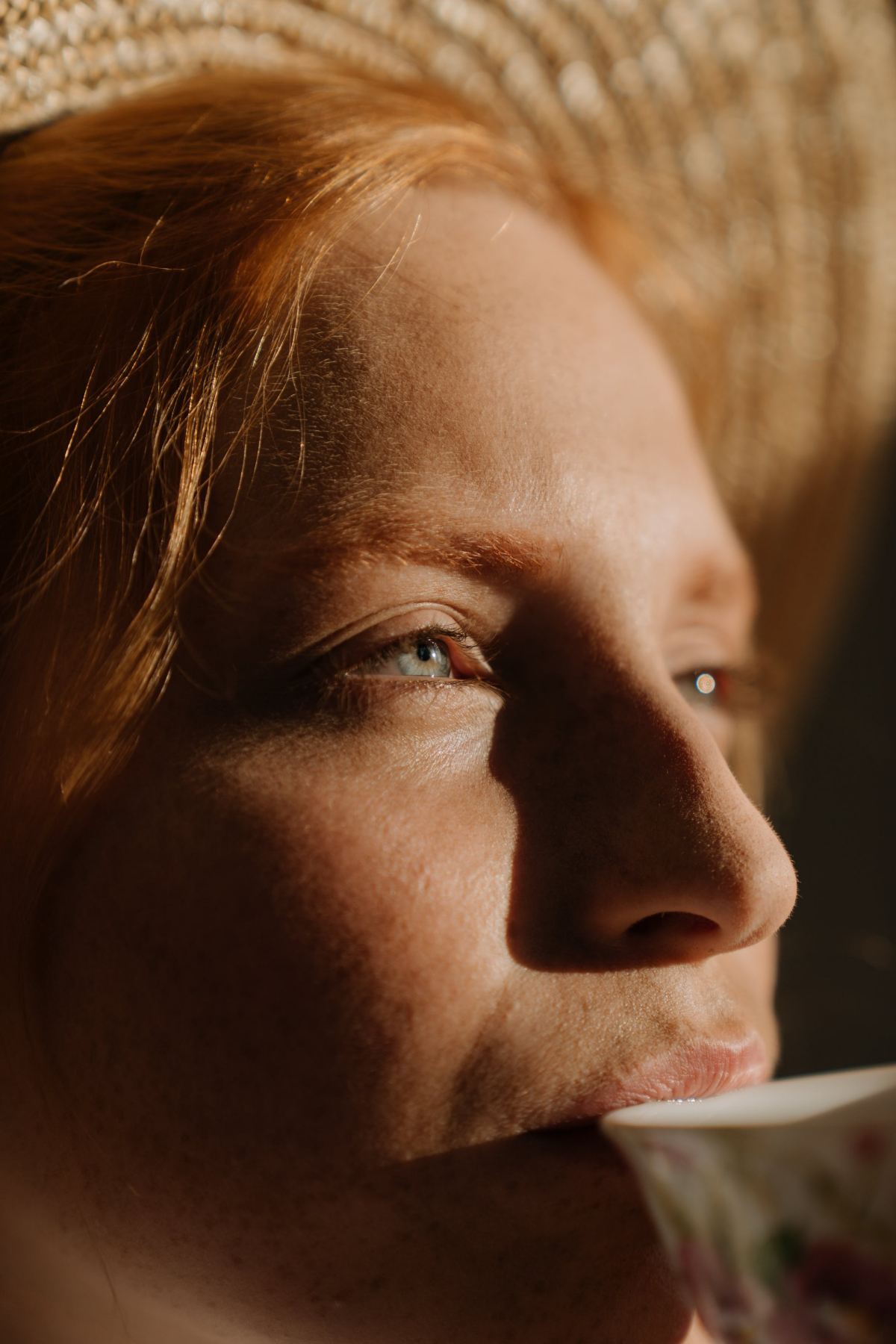
Consider creating a small ‘hormone-happy’ container garden. Many of these gentle allies are incredibly easy to grow, even on a windowsill or balcony. You get the freshest possible ingredients, free from pesticides, and the joy of connecting with the plant itself.
- Lemon Balm: A cheerful, lemon-scented member of the mint family that soothes the nervous system.
- Chamomile: Its delicate, apple-scented flowers are a classic for promoting calm and sleep.
- Spearmint: Prolific and easy to contain in a pot, ready for your daily hormonal support tea.
Patience is a key ingredient. Unlike a painkiller, herbal teas work subtly and cumulatively. They are not forcing your body into a state, but rather providing the nutrients and compounds it needs to gently guide itself back to equilibrium. Commit to a daily ritual for at least one full menstrual cycle, or 4-6 weeks, to begin noticing the shifts in your energy, mood, and symptoms.










